(Fatherland) - On October 31, 2023, Hoi An was recognized by UNESCO as a member of the Global Creative Cities Network (UCCN) in the field of Crafts and Folk Arts.
Hoi An's inscription into the UCCN in the field of Crafts and Folk Arts is UNESCO's honor to the Hoi An community for their livelihood (crafts) and spiritual and cultural life (folk arts) that they have created, practiced and passed down from generation to generation over the centuries. This also confirms the "living capital" of Hoi An people as the main factor in bringing this city into the UCCN.
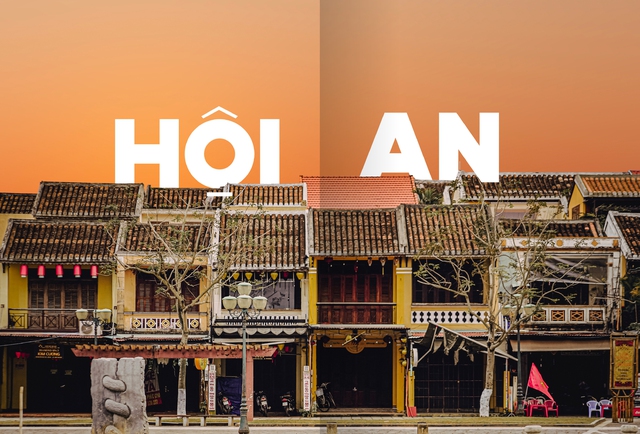
According to statistics, Hoi An currently has 5 traditional craft villages with nearly 50 active handicrafts such as: carpentry, pottery, lantern making, bamboo and coconut making, garment making, leather shoes... Of which, 3 craft villages and 1 traditional craft have been recognized as National Intangible Heritage. Hoi An currently has more than 650 small businesses and about 1,710 business households operating in the field of handicrafts and folk arts, with about 4,000 direct workers, with an average income of 3,500-4,000 USD/person/year.
The community of residents in Hoi An also "owns" and practices many unique folk art forms such as: hat ba trao, ho khoan, ho hat bai choi, poetry, ho ve, hat boi, ritual dance, folk sculpture, including the art of Bai Choi which was recognized by UNESCO as a representative intangible cultural heritage of humanity in 2017.
Producing and trading handicraft products is the livelihood; performing folk art is the spiritual life of Hoi An people. The two are intertwined, existing side by side for hundreds of years. It is both a heritage left by our ancestors and an asset inherited by contemporary generations and spread to the outside world . This persistent creation, practice and transmission have made the handicrafts, traditional craft villages and folk art in Hoi An a "living heritage", a valuable asset of the community, which UNESCO has recognized and honored when admitting Hoi An to the Global Creative Cities Network.
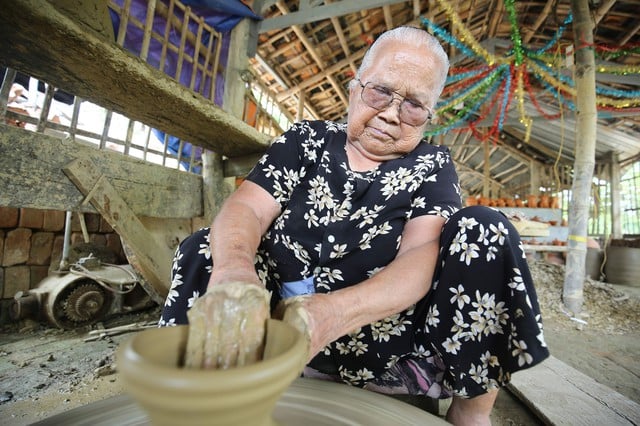
There is a big difference when comparing Hoi An with Hanoi and Da Lat, which are all members of UCCN. That is, not every Hanoian can design, or every Da Latanian can create music , but every Hoi Anian can do a craft, can effectively operate a traditional craft village, and can participate in performing a local folk art form. Because those are things that they themselves create and practice in their daily lives.
Becoming a member of this Network is a good opportunity for Hoi An to promote local crafts, craft villages and folk performing arts to the outside world, creating conditions for handicraft products to thrive, folk arts to perform, and Hoi An people to have better opportunities to benefit from the production and business of handicrafts; from practicing and performing arts associated with the spiritual life of the people and local tourism activities.

For the community, we should not stop at exploiting the existing values from the heritage of crafts and folk arts, we should not be extreme in preserving the forms and designs of products; the sequences, rituals, and compositions of performing arts, but should clearly identify the quintessence, identity, and authenticity of the heritage, considering it as the foundation for further development and creativity, making the derivative products from these precious heritages have a new form, new values, meeting the needs of contemporary life and the tastes of tourists.
Culture is not static or fossilized, but always moving and developing with history. Therefore, cultural products must also change accordingly. Only by doing so can we preserve and develop crafts and folk arts in Hoi An in a sustainable, dynamic and adaptive manner. In addition, it is necessary to expand multi-sectoral and multi-field linkages in the production and trading of traditional local handicraft products. This linkage can take place in shaping, using materials, mobilizing high-skilled, skilled workers, to the stages of product finishing, packaging, promotion and marketing, especially in the concentrated handicraft product introduction centers that Hoi An has deployed for many years. Only then can we properly interpret the meaning of the title "Creative City" that this Network has set out and honored. Creativity means making new, better, more perfect products with different quality compared to what has come before.
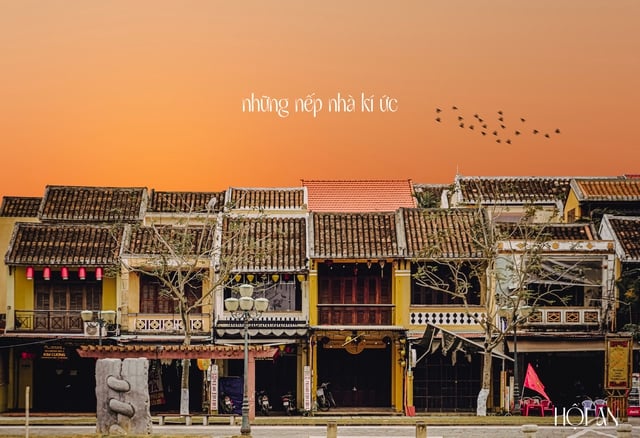
For local authorities, it is necessary to accompany people in promoting, introducing, and expanding product consumption markets; creating conditions for people to access new resources and new technologies; creating more creative and practical spaces for people; helping people find partners outside Hoi An, outside Vietnam, through organizing events to honor, promote, and exchange and cooperate with member cities of the Network, opening up opportunities for exchange and promoting creativity in the field of handicrafts and folk arts for Hoi An people.
Local authorities need to have policies and actions to develop social organizations and trade unions in the fields of handicrafts and performing arts; stimulate and promote the creativity of craftsmen, artisans, businesses, etc. in Hoi An in production, business, folk performances, etc. This will both enhance the livelihoods of the people and elevate and affirm the value of handicrafts and folk art forms of Hoi An that the Network has recognized and honored.

Becoming a UNESCO Creative City is not a destination, but a starting point for Hoi An in preserving and honoring the values of the community's crafts and folk arts; realizing commitments to sustainable development and bringing values and benefits to the community from the craft and folk arts heritage that this locality possesses.
Source: https://toquoc.vn/hoi-an-lang-nghe-va-tai-san-cua-cong-dong-20250125140234296.htm








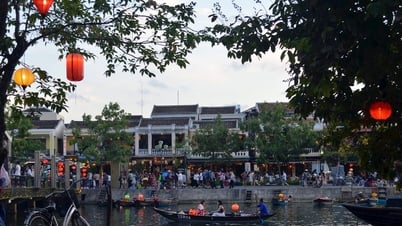


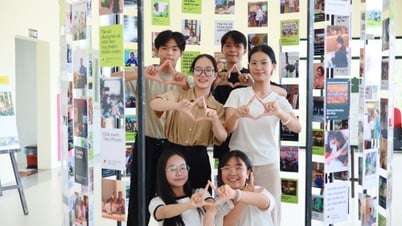








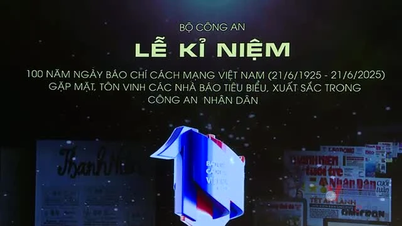

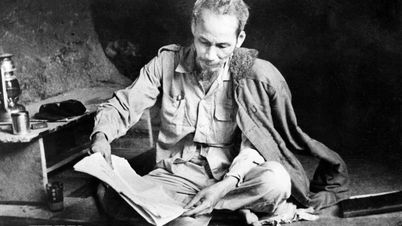







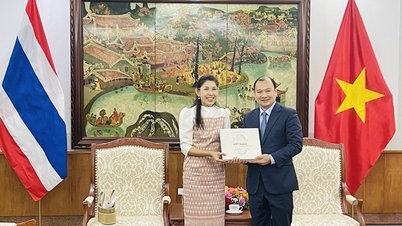
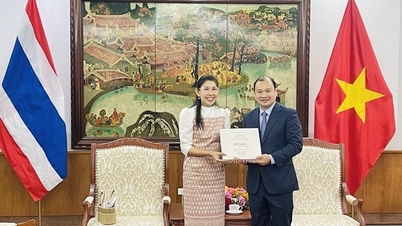

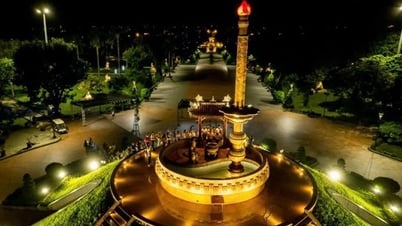
![[Photo] Overcoming the heat, practicing to prepare for the parade](https://vphoto.vietnam.vn/thumb/1200x675/vietnam/resource/IMAGE/2025/6/21/b93392e8da8243b8a32040d19590e048)



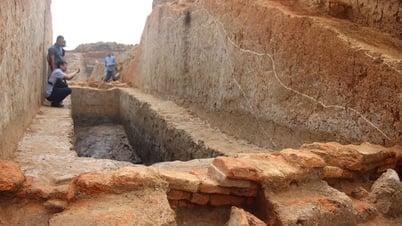





















![[Maritime News] Wan Hai Lines invests $150 million to buy 48,000 containers](https://vphoto.vietnam.vn/thumb/402x226/vietnam/resource/IMAGE/2025/6/20/c945a62aff624b4bb5c25e67e9bcc1cb)












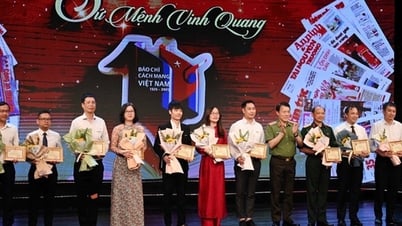


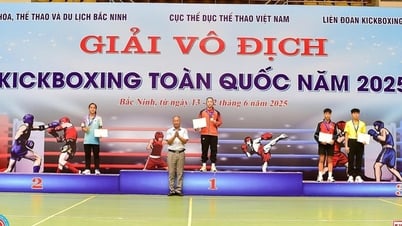



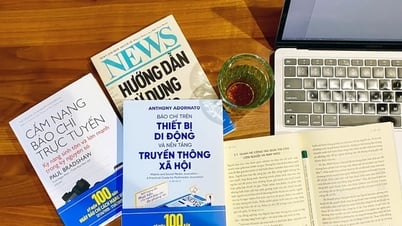

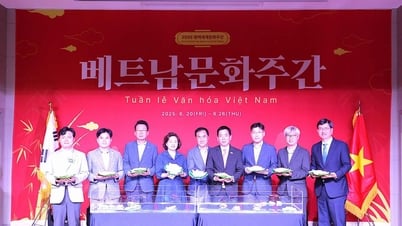


















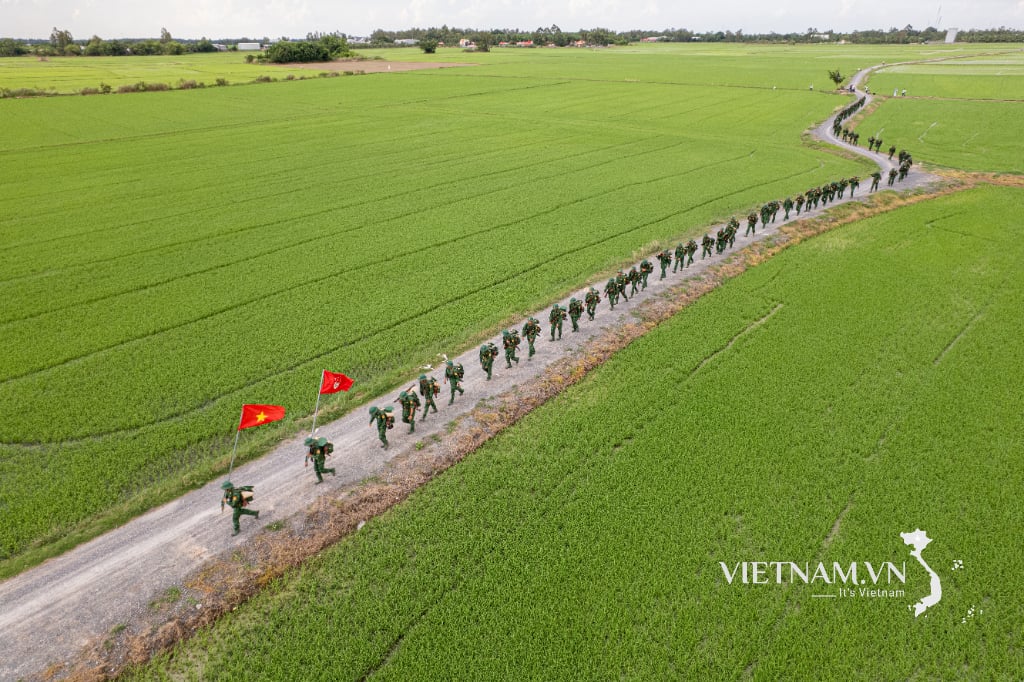



Comment (0)